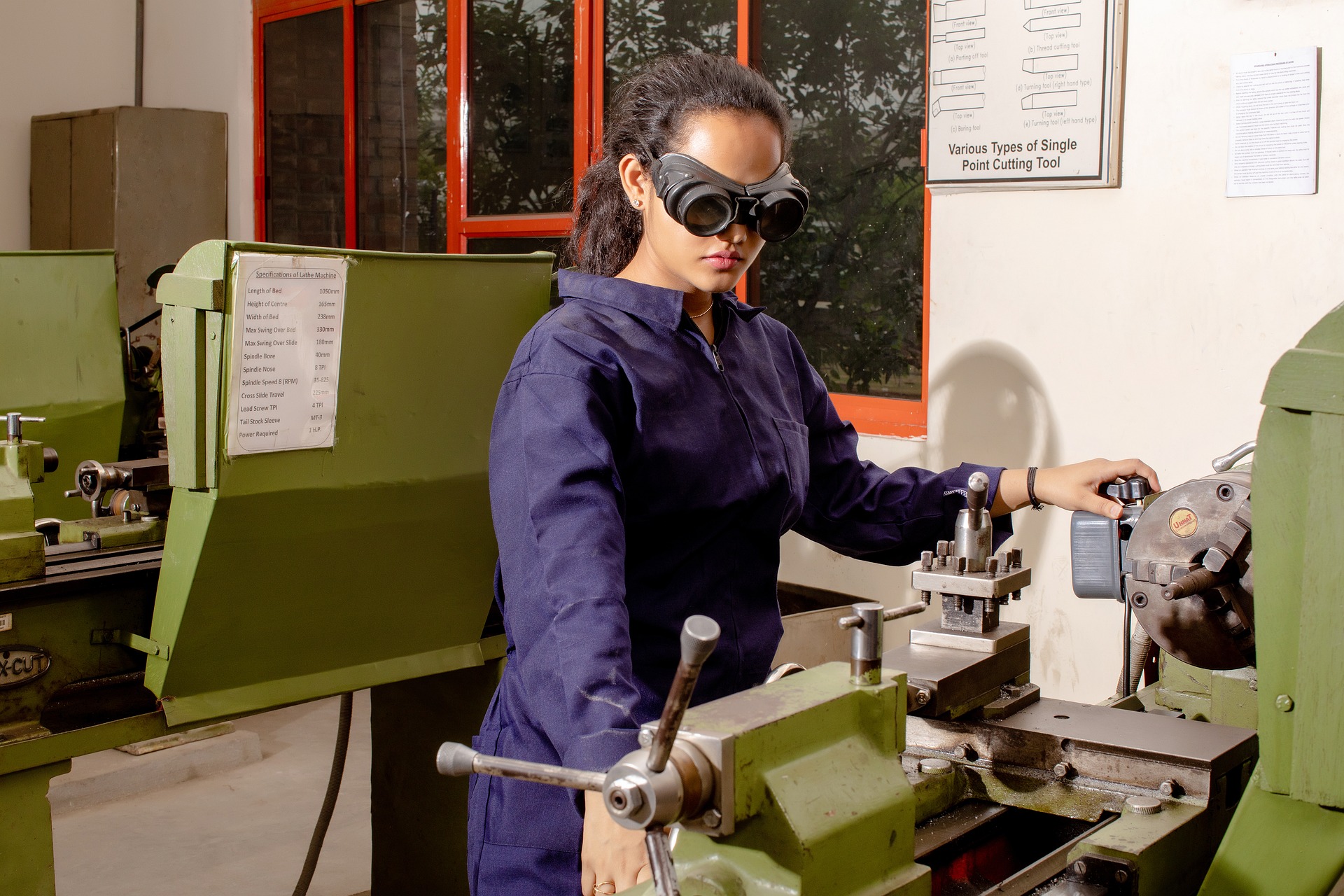Reimagining Quality Control with Advanced Non-Destructive Testing Methods
In recent years, non-destructive testing (NDT) has emerged as a revolutionary standard for quality control in the industrial sector. This innovative approach allows for the inspection of materials, components, and structures without causing any damage. With the potential to save businesses significant time, costs, and resources, it is well worth delving into the intricacies of NDT and its potential applications in various industries.

Shaping the Quality Landscape: A Historical Overview of Non-Destructive Testing
Non-destructive testing dates back to the late 19th century when the industrial sector began to explore safer and more cost-effective methods for inspecting materials. The early adoption of NDT techniques, such as visual inspection and liquid penetrant testing, marked the beginning of a new era in industrial quality control.
In the following decades, advancements in technology paved the way for more sophisticated NDT methods, such as ultrasonic testing and magnetic particle inspection. These developments transformed traditional quality assurance practices, enabling companies to detect defects and irregularities without damaging the product or halting production.
NDT in the Modern Industrial Context: Trends and Applications
Today, non-destructive testing is used across various industries, from aerospace and automotive to oil and gas and construction. The technique is lauded for its potential to improve quality control, enhance safety, and reduce downtime.
Recent trends in NDT include the use of advanced imaging technologies, such as computed tomography and phased array ultrasonics. These techniques provide detailed insights into the internal structure of components, allowing for more precise defect detection.
Moreover, non-destructive testing is also being integrated with predictive maintenance strategies. This approach enables companies to anticipate potential failures and take preventive measures, thereby minimizing disruptions and enhancing operational efficiency.
Assessing the Impact of Non-Destructive Testing: Benefits and Challenges
The benefits of implementing non-destructive testing are manifold. Firstly, NDT allows for a more comprehensive quality check, detecting defects that may go unnoticed in traditional inspections. Secondly, it can be implemented during production, reducing downtime and improving productivity. Moreover, NDT can lead to significant cost savings by preventing catastrophic failures and extending component life.
However, the adoption of NDT also brings several challenges. Training employees in advanced NDT techniques requires substantial investment in time and resources. Additionally, while NDT can detect a wide range of defects, it may not be suitable for all materials or structures.
A Closer Look: Practical Insights into Non-Destructive Testing
- Incorporate NDT in Quality Assurance Strategy: Non-destructive testing should be an integral part of a company’s quality assurance plan. This approach allows for continuous monitoring and timely defect detection, thereby mitigating risks and ensuring product integrity.
- Invest in Employee Training: To maximize the benefits of NDT, businesses should invest in training their employees in the latest techniques. This will enable them to effectively implement NDT in their operations and make informed decisions based on the findings.
- Leverage Advanced Technologies: Embracing advanced imaging technologies can provide more detailed insights into component structure and potential defects. This can greatly enhance the effectiveness of non-destructive testing.
In conclusion, non-destructive testing offers a new perspective on quality control in the industrial sector. Although the adoption of NDT involves certain challenges, its potential benefits make it a worthwhile investment for businesses looking to enhance their quality assurance practices. As technology continues to evolve, it will be intriguing to see how NDT shapes the future of industrial operations.





